In the blink of an eye, your baby is not looking like a baby anymore. They’ve gone through several diaper sizes, their old one-pieces don’t quite fit, and they’re finally showing signs of a unique personality – the most amazing change of all!
The toddler phase is fun and presents its own challenges that are different than newborn and infant stages. They’re sure to be moving all around the house and really growing into their own personality, so now is an exciting time—just keep an eye out for where their toddling takes them!
As far as clothes go, you might raise an eyebrow at some of the sizes and labels you see in stores and online. You want to make sure your toddler’s clothes fit well and keep them comfortable, so it’s worth learning to decode these size charts and have a better idea of what to buy.
We’re here to help with our very own toddler clothing sizing guide for boys and girls. Stay tuned because these tips are going to help you out when shopping for your next round of clothes. You’re going to want to have sizing tools on hand, like a measuring tape and a scale, so you can be sure to get that perfect fit for your child. Let’s get into it.
Where “Infant” Ends and “Toddler” Begins
Finding clothes for a newborn is a challenge of its own, but by the time you’re reading this article, your child has already made their way through most of infancy and is on the verge of being a toddler. Still, definitions are tricky, and every child is different, so what does it all mean?

In general, we all agree that infancy starts at two months of age and ends around the one-year mark. That first birthday is usually when we begin calling our child a toddler, although we will still likely use the term “baby” before they can start walking.
Remember that these are just catch-all terms that we use in daily life to make conversation easier and give people basic information.
If someone said to you, “I have a toddler, an infant, and a newborn,” you would be given a quick idea of the ages, sizes, and general development of their children – the exact details aren’t relevant at the moment.
Specifics become more important, however, when we start shopping for clothes! An infant has different needs than a toddler, and their clothes will be unique in terms of size and style as a result. For example, it’s more common to dress a one-year-old in a onesie and a three-year-old in a little t-shirt and pants.
Toddlers tend to be a bit more independent, have a greater capacity for movement, and are usually a little more responsible with their bathroom habits, even though they might not be fully potty-trained quite yet.
If your child is 14 months old but isn’t ready for toddler’s clothes quite yet, so be it. Don’t make decisions based on averages – because few are truly average.
What matters most is the safe and healthy development of your children, so always make that the top priority.
Reading Size Guides and Terms
With all that said, there are a few things to know about sizes when you start shopping around for toddler clothes. You’ll realize pretty early on in the process that sizes can vary dramatically from one store to the next – not unlike the sizing situation with clothing for adults.
We’ve all been in that exact situation: we’re a certain size over here, but this other store tells us something completely different! It can turn into a mental mess fast, so the best way to approach it is case-by-case.
For this reason, you’ll want to weigh and measure your child pretty frequently during this phase of their life. This isn’t just to remind you how fast time flies – these measurements will come in handy when shopping for clothes and talking with store reps to get the best fit.
You’ll also notice that many size charts include letters when sizing for toddlers, using a lower case “t” or upper case “T” to indicate clothes for this age range.
This letter is typically found before or after a number referencing age.
For instance, you might find a t-shirt sized “4T” next to a t-shirt sized “4”. The difference here is that the “4T” size is slightly smaller, usually by just a few inches – and meant to support a little bit less weight.
The X-factor here is the diaper, which will likely still be part of the look as your child wears their first toddler outfits. Tops will tend to be slimmer around the middle and shorter in length, allowing parents to change diapers more quickly and with less mess.
An easy rule of thumb to follow: if your toddler is still wearing diapers and isn’t quite ready for potty training, you might want to stick with the sizes that include the “t” label.
Once again, every brand is going to have different sizes, and some will even make a distinction between clothes for toddler boys and girls. Other brands might not even include the “t” and instead size only by age – using months or years as a guide.
The key is to keep those sizes and shapes in mind the next time you’re out browsing and make sure you buy clothes that offer some extra room in the sleeves and around the middle. Your toddler will be filling in that extra space before you know it!
When is it Time to Size Up?
You’ll have some hits and misses when it comes to shopping for your toddler, but you’ll figure things out soon enough. The important part is knowing when your child is ready to move up a size, which will happen quicker than you think.
Every baby will have different dimensions that make fitting a challenge, so observe which areas are gaining more size and keep an eye on them. Some children will grow faster in the legs and arms, while others get a bigger belly before their limbs start filling in.

Don’t keep your child in the same clothes if they outgrow a garment in any way, even if it doesn’t appear to be a problem. You want them to maintain healthy circulation and be able to move around comfortably in their clothes, so go up a size at the first sign of restriction or discomfort.
Keep It Consistent
If you’re extra diligent about tracking your baby’s weight and size throughout their development (there’s surely an app for that out there), you can pass along that insider info to friends or family, plus donate some of your favorite baby clothes as well. Talk about a thoughtful gesture!
You also want your toddler’s clothes to be durable and ready for anything. There will be stains, tantrums, slips, and falls, and those clothes need to be up for the challenge.
Find a brand like Mon Coeur that you can rely on at every stage of growth so you won’t have to keep guessing about size - and quality is guaranteed.
Sources:
The Difference Between Baby, Newborn, Infant, and Toddler | Very Well Family
Children's US sizes - clothing sizes for boys and girls | Size Guide
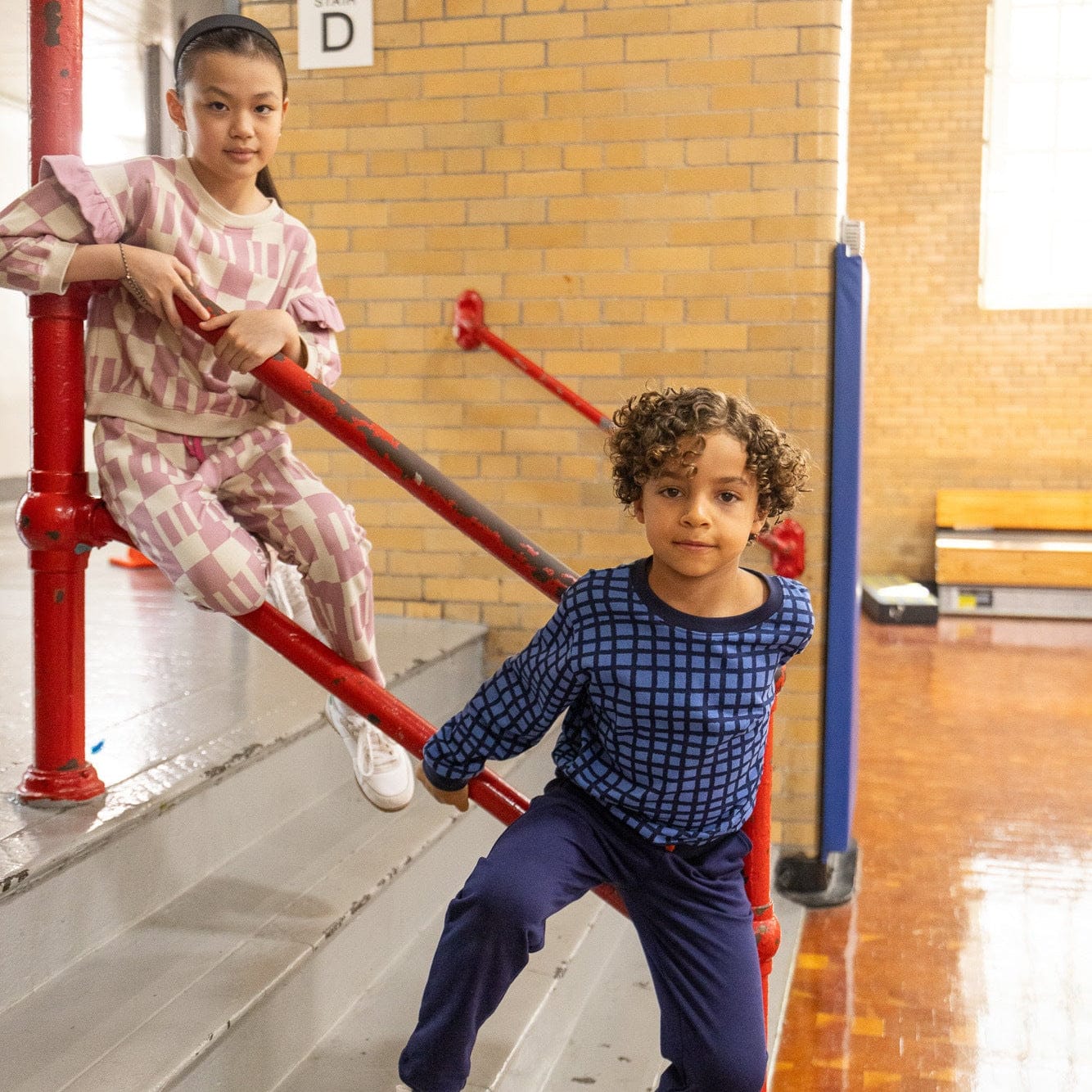
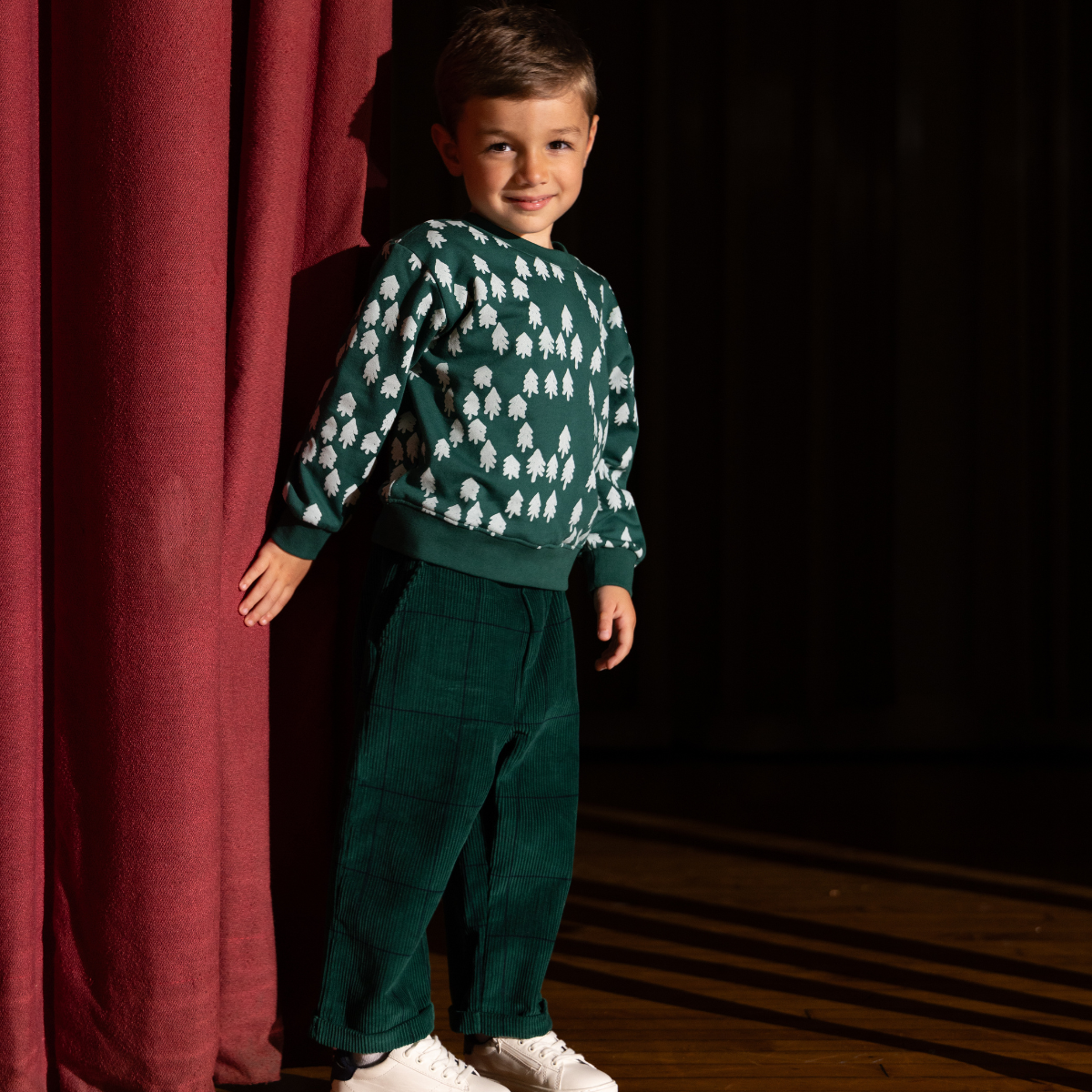
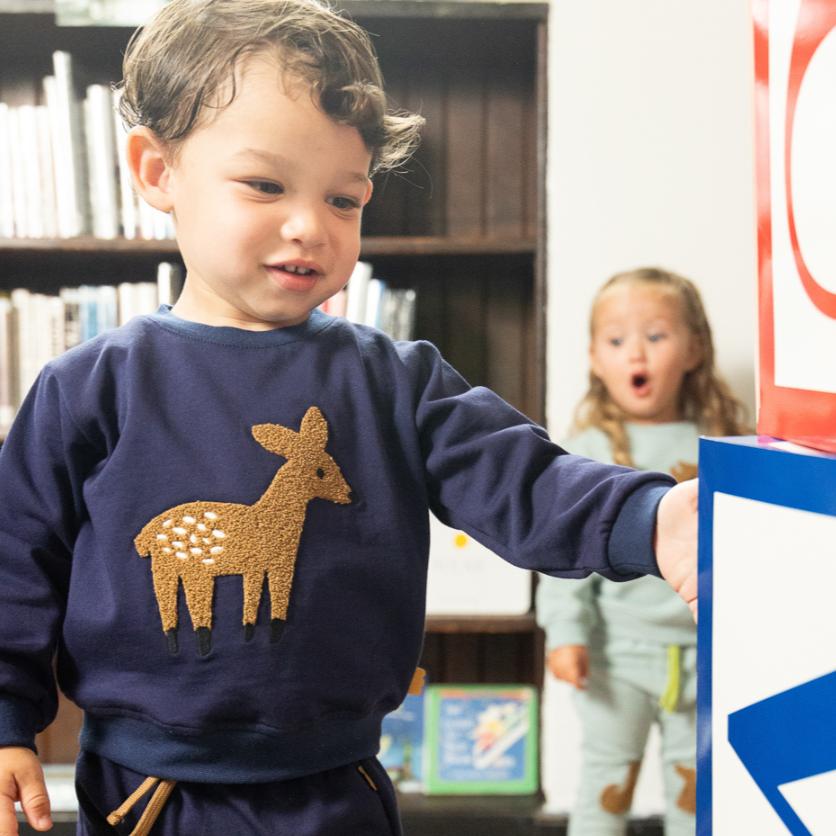


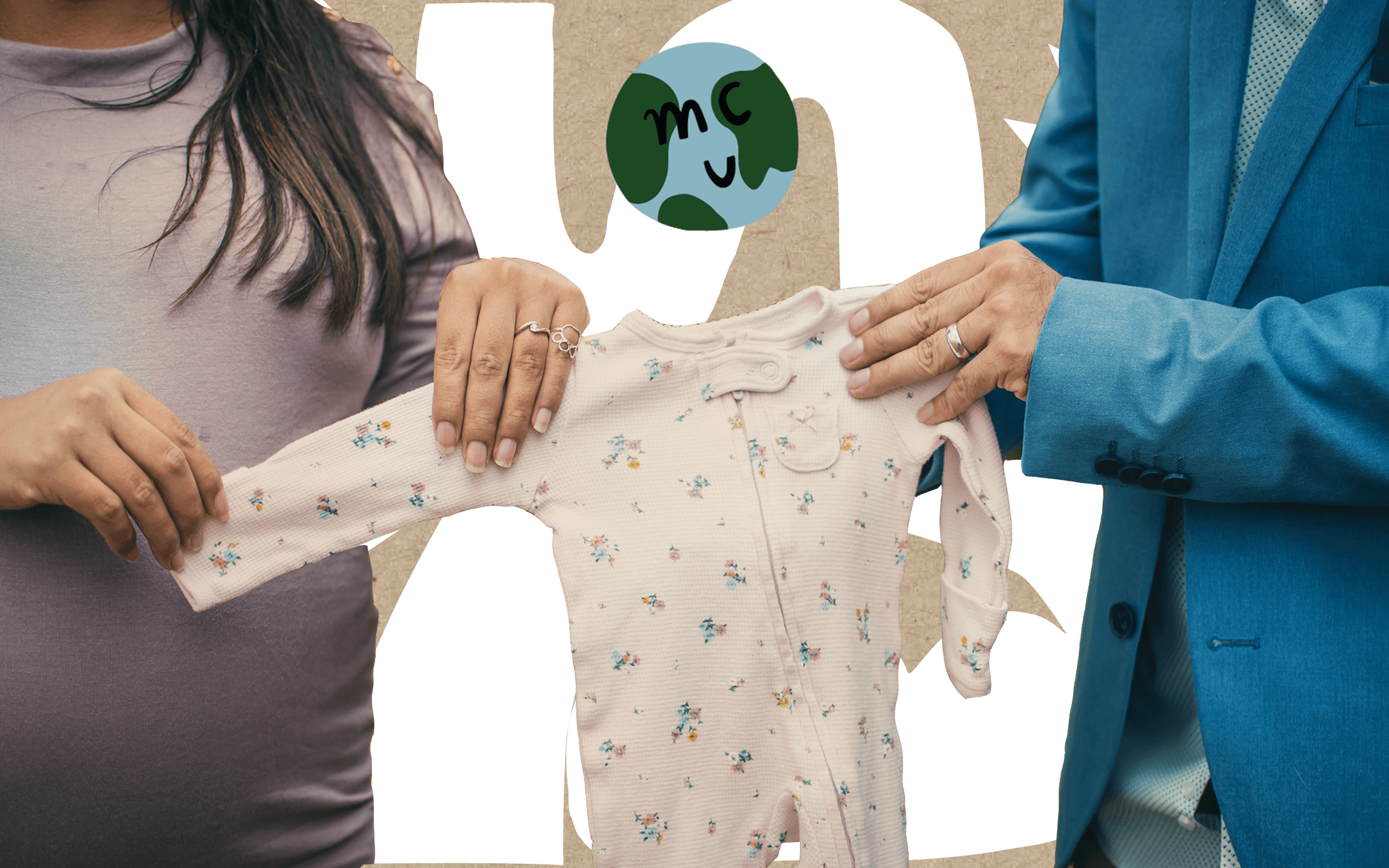
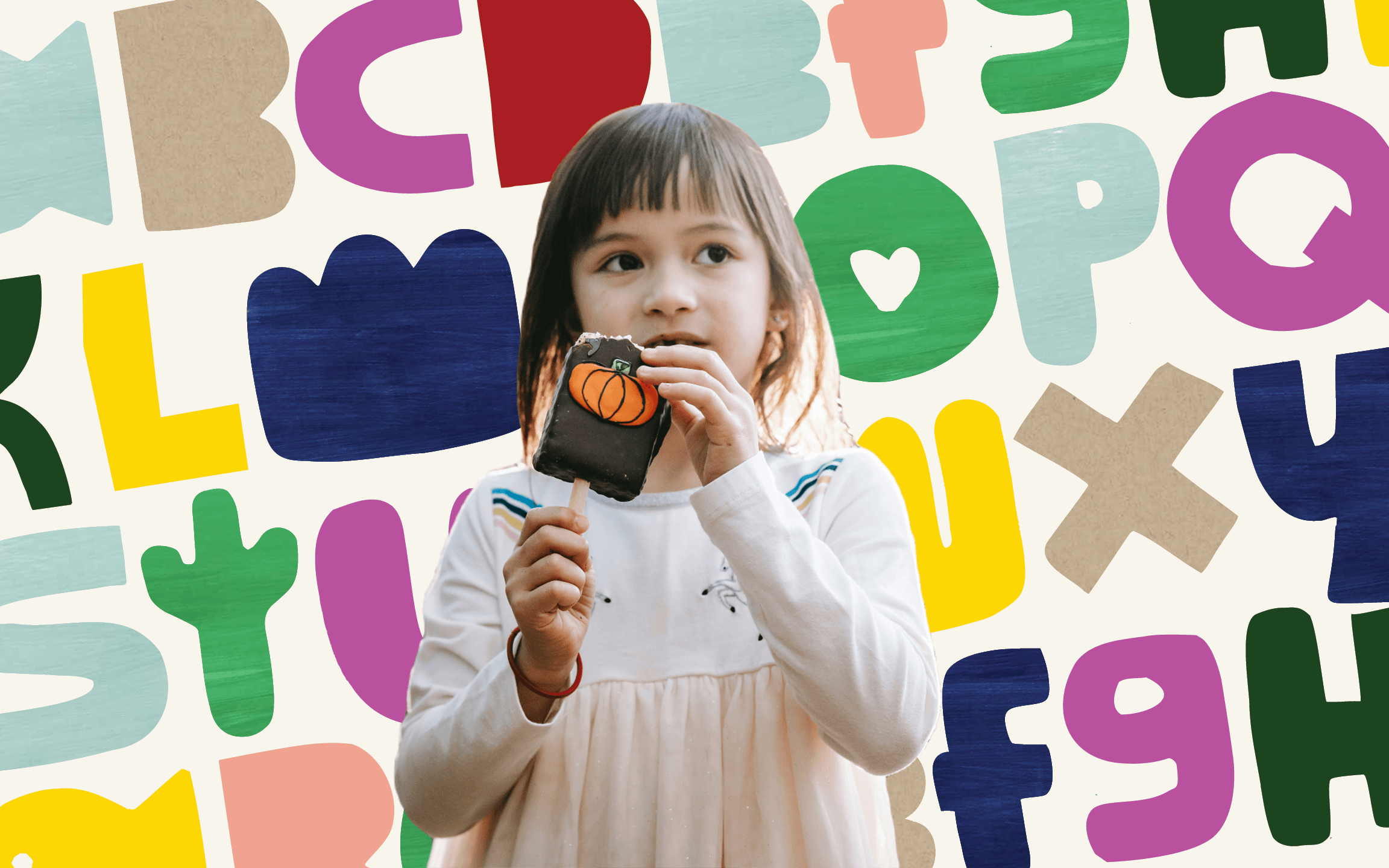
Leave a comment
This site is protected by hCaptcha and the hCaptcha Privacy Policy and Terms of Service apply.